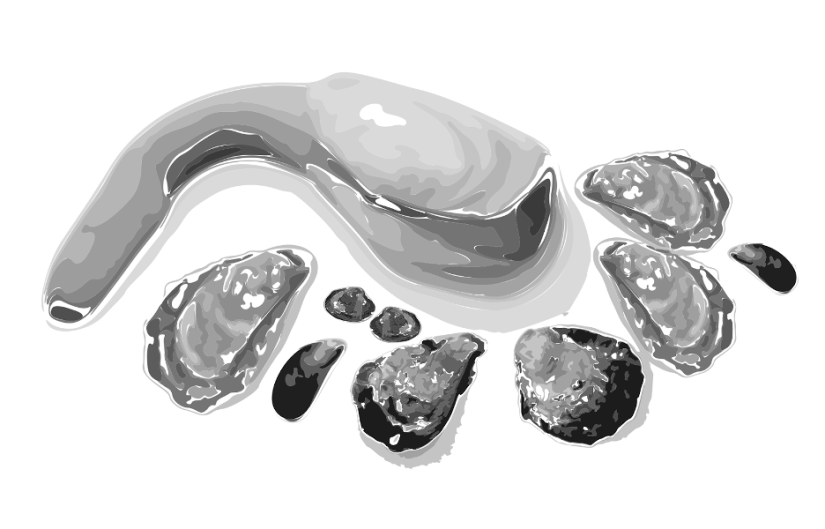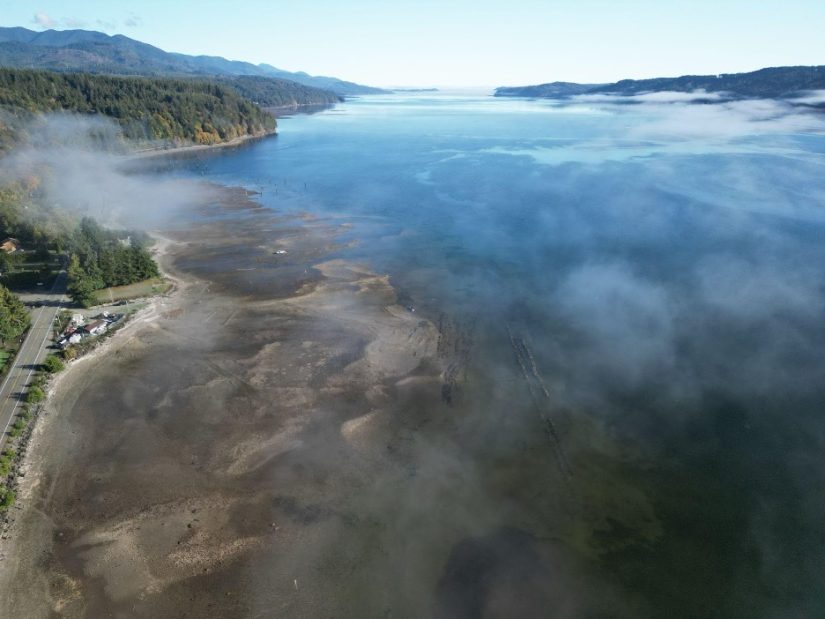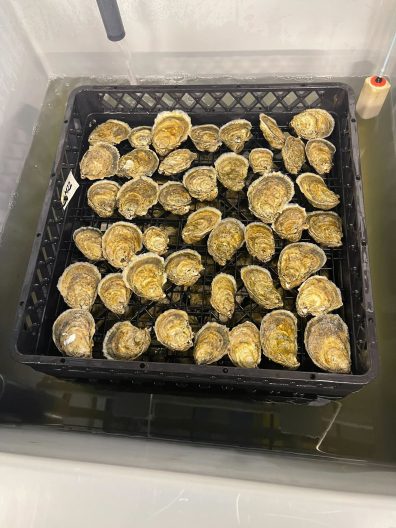Seeking to understand the impacts of environmental stressors on Pacific oysters is the driving force behind a years-long research project involving scientists from the University of Washington and NOAA, and in collaboration with the oyster industry. A new paper about the project was made available online in Aquaculture on June 17, 2025. Critical in aquaculture, Pacific oysters are the dominant oyster species grown on the US West Coast, with the industry in the Pacific Northwest alone valued at over $270 million a year.

But this study drills down into the species one step further, looking into the differential performance of diploid, mated triploid, and induced triploid Pacific oysters under different environmental conditions. Compared to diploid oysters, triploid oysters have an additional set of chromosomes, they grow faster and are functionally sterile. As a result, they comprise a large proportion of oysters grown both in the Pacific Northwest and worldwide. Recent studies have found that the waters off the West Coast were acidifying faster than anywhere else in the world, and so studying the impact of changing oceans on oysters—and how it affects those with different chromosome numbers—can assist the shellfish aquaculture industry in making more informed decisions about their species portfolio.

The team of researchers, led by Craig Norrie from the UW School of Aquatic and Fishery Sciences (SAFS), sought to understand how stressors such as temperature, dissolved oxygen (DO), and pCO2 , impacted Pacific oysters across a 4-week period. The study focused on whole organism physiological responses—growth, mortality and respiration—for genetically related juvenile diploid, chemically induced triploid, and mated triploid Pacific oysters.
What researchers found was an overall high survival in all groups across a broad range of temperature and DO levels. “They are a pretty hardy species, so to an extent you can see why survival was reasonably high in the temperature experiment—these guys are grown from Baja California up to Alaska so can tolerate a broad array of conditions,” Norrie said. “However, farmers report that over the summer period when its warmer, triploids generally die more—the high survival in our study could be due to the fact that they were younger oysters.”
For DO, this was a more surprising result for researchers. “It was reasonably surprising that they survived so well under different dissolved oxygen levels—everyone needs to breathe, right? How did they manage to hold their breath for so long?” Norrie asked. “Again, this could be because they grow in such a broad range of conditions.”
pCO2 was a different story. At mid pCO2, between 1450 and 1700 μatm (microatmospheres, a unit of pressure), mated triploids had lower survival than the other groups in the study, which suggests that production method or genetic background may contribute to their resilience or susceptibility to stress. “Oysters can adapt to local conditions over a few generations, and this can make them better equipped to deal with the conditions that they are likely to encounter naturally,” Norrie said. And this means in the case of these oysters which didn’t perform so well under low pH conditions, a lack of exposure in their family history to may mean they haven’t developed resilience to this environmental stressor. However, the team found that when pCO2 reached extreme levels of 2100 μatm, all oysters in the study died. This suggests that if conditions become extreme enough, there is the possibility that all oysters, regardless of ploidy or production method, will be impacted.

As a culturally and economically important industry, developing new insights into how aquaculture will be impacted by changing oceans is critical. Considering the stressors that will be placed on species such as Pacific oysters will allow those working in aquaculture to make informed decisions on which type of oysters to select to ensure the future resilience of the industry.
The research team included Joth Davis from Baywater Shellfish, Shallin Busch and Paul McElhany from NOAA, and research scientists, professors, and undergraduate students from the University of Washington: Dereck Cordova (undergraduate student in the IBIS program), Hailey Dockery (undergraduate researcher), Craig Norrie (research scientist and project lead), and Jacqueline Padilla-Gamiño (SAFS professor).




